
Aquarium Plants - The Basics
Thinking about adding some plants to your aquarium? It sounds like it should be as easy as going to the local aquatics store and picking out something that looks pretty. However, while picking out plants should be simple, having aquatics plants should also be purposeful.
Similar to the decision process that went into deciding what fish to buy or what tank decorations to add, there are a lot of options to consider when purchasing aquatic plants. There are a variety of plants to choose from, each of which has its own benefits, purposes, and care requirements.
So before you fill your tank with all the eye-catching plants you can get your hands on, let's dive in and take a look at some aquatic plant basics.
What Kind of Aquatic Plant Should I Get?
First things first, what am I buying the plant for? Here are some of the most beneficial attributes a plant can offer to your tanks ecosystem:
- Convert carbon dioxide into fresh breathable oxygen for your fish or stock.
- Plants use nitrates and chemical waste products; removing them from the water column so they don’t harm your fish or stock.
- Plants saturate your tank water with oxygen which helps aerate the environment.
- Achieve a more natural look (aesthetics matter).
- Provide shelter and security for fish, as well as breaking up the line of sight. The later of which can be beneficial for territorial fish.
- Conceal aquarium fixtures (aesthetics matter).
Here are two of the most common aquatic plants and their utilities in an aquarium:
Java Moss

Java moss can be used to help small fish, such as rasboras, feel more at home. This plant mimics a natural, freshwater environment as well as reduces stress in your fish by providing a space to hide. It's also worth mentioning that most fish with small mouths will often eat plant detritus (waste and debris). And the grand slam? - Java moss also provides fresh oxygen and contributes to water filtration.
Hornwart

Hornwart provides similar utility to java moss. In addition, a unique aspect of hornwart is that, in contrast to other plants, it doesn't develop roots. Instead, this plant attaches to the substrate and decorations via the bright green leaves. This is typically a plant of choice for fish such as tetras, or even various species of shrimp, as it provides an area to eat as well as shelter eggs.
These are just two quick examples of the many different uses of aquatic plants! There are hundreds of plants to choose from that can help your fish out. Do your research, and help contribute to a more natural environment for fish and a more aesthetically pleasing aquarium for your home!



 Aquariums & Supplies
Aquariums & Supplies


 Coral Reef Aquariums & Supplies
Coral Reef Aquariums & Supplies
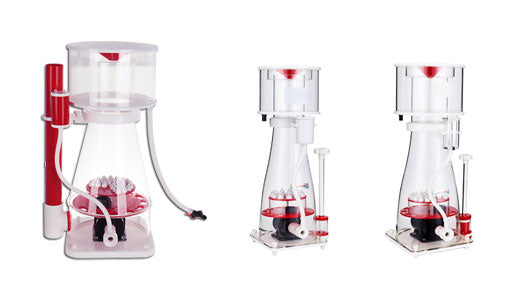

 Garden & Hydroponics & Landscape
Garden & Hydroponics & Landscape
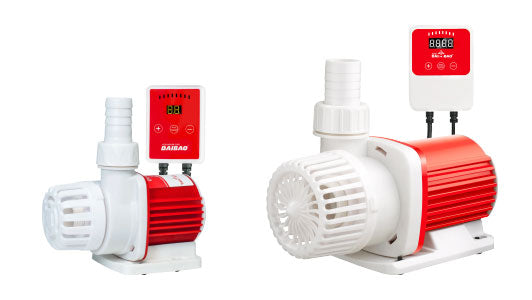

 Ponds & Fountains & Waterfalls
Ponds & Fountains & Waterfalls
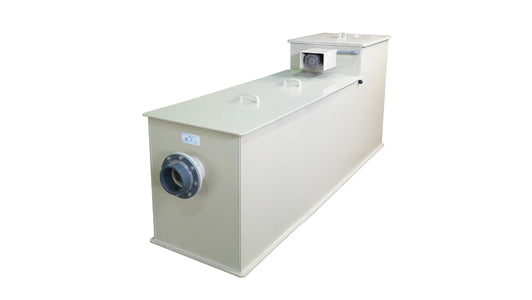

 Drum Pond Filter
Drum Pond Filter
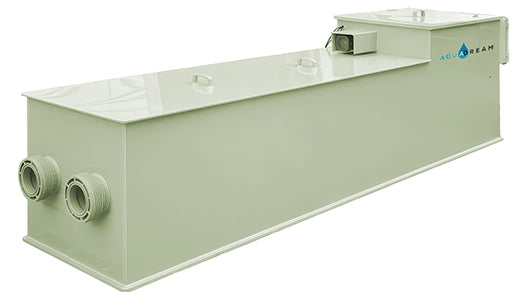
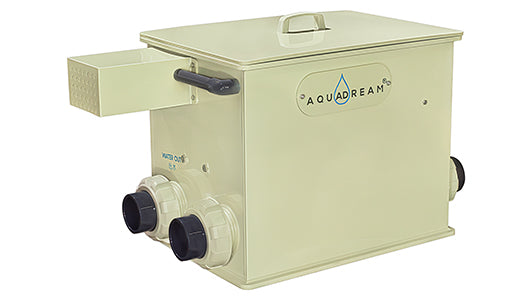

 Community
Community

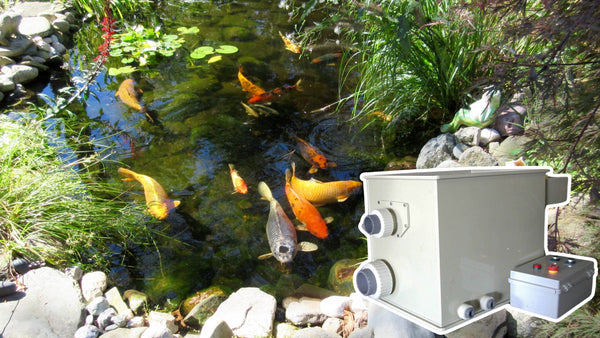

 Help Center
Help Center
